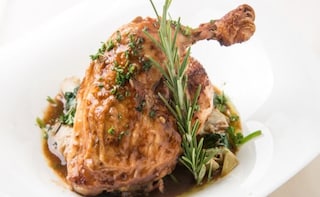It was the centrepiece of Avadhi lavishness. But also a recipe terribly intimidating. What really was the Murgh Musallam, and can you still make it?
Advertisement
Advertisement
For the latest food news, health tips and recipes, like us on Facebook or follow us on Twitter and YouTube.
Advertisement
Tags:
